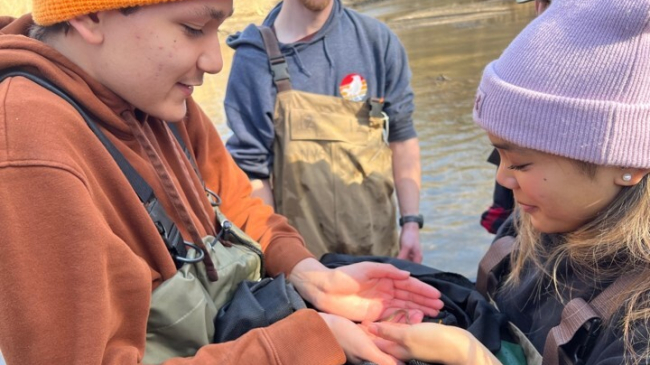Classroom-ready Earth science resources are just a click away!
NOAA has many educational resources to choose from. Here's a round-up of six digital resources and social media channels you can explore online to bring Earth science to life in your classroom.
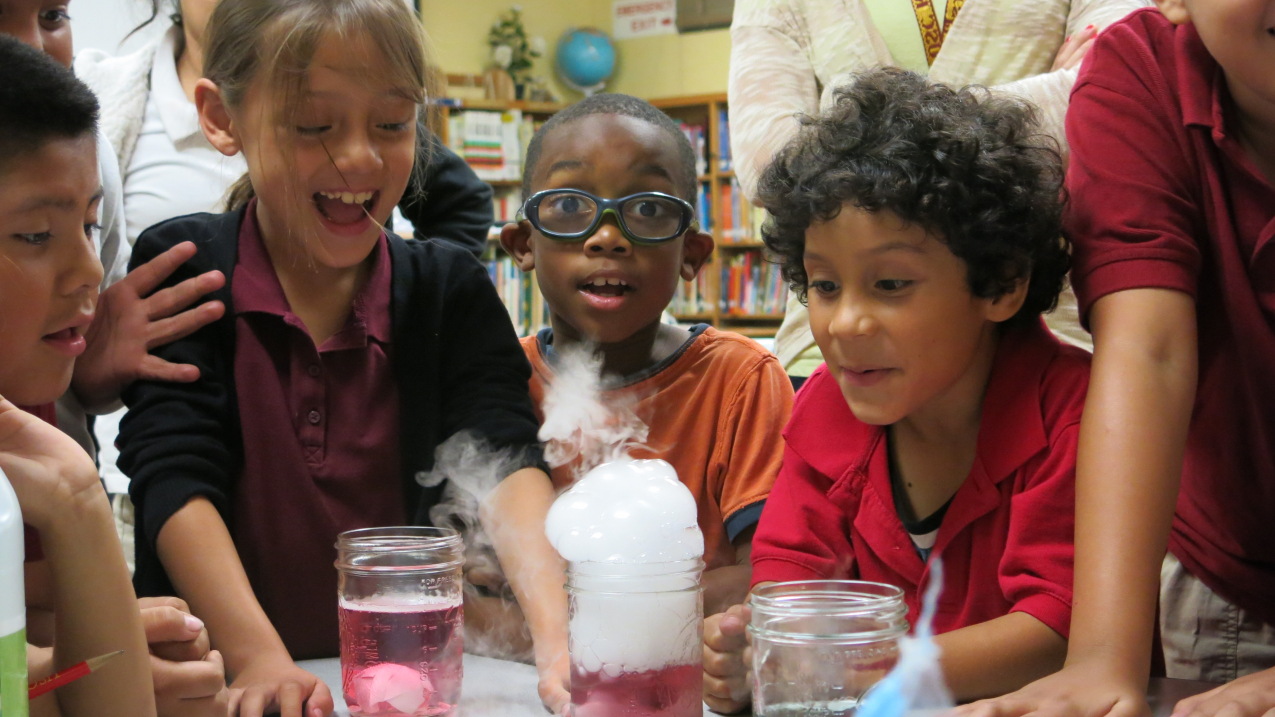
Students of a NOAA Planet Stewards Educator participating in a hands-on activity to understand the impacts of ocean acidification. In this experiment, dry ice (frozen carbon dioxide) is added to water with soap. When the dry ice touches the soapy water, it quickly undergoes sublimation, or turns from a solid to a gas without first becoming water. The carbon dioxide gas is captured in soap bubbles, seen in this picture. (Image credit: D.J. Cast)
1. Use real data in the classroom with our redesigned, ready-to-use website.
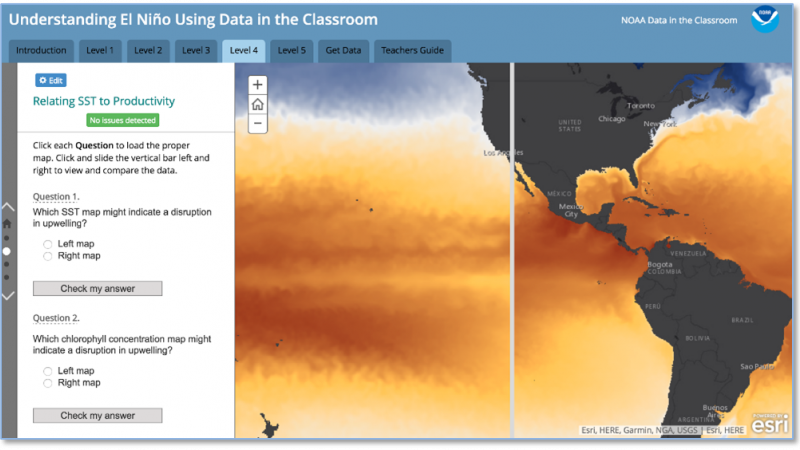
With NOAA’s Data in the Classroom, students use real-time data to explore pressing environmental issues and develop the same problem-solving skills used by scientists. Data in the Classroom runs on Esri "Story Maps." offsite link This technology engages students in a narrative while harnessing the power of data – using maps, visualizations, and query tools. No internet in your classroom? No problem. Levels 1 & 2 of the Teacher’s Guide contain printable worksheets that can replace the online activities.
2. Learn through videos with Ocean Today Every Full Moon.
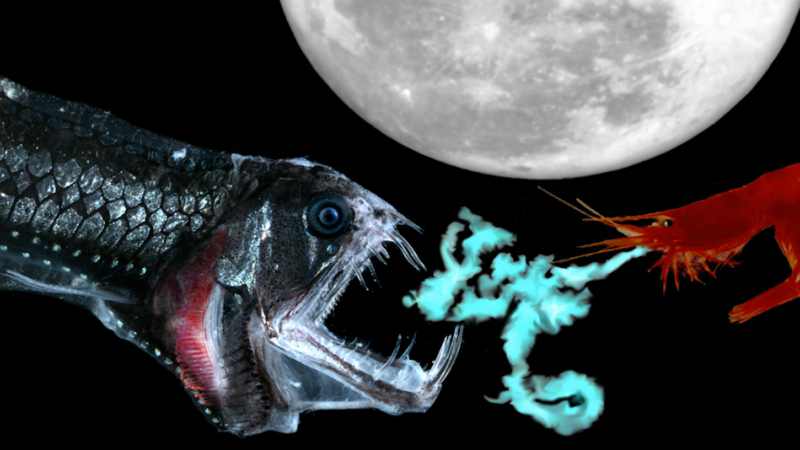
Looking for educational Earth science videos? Look no further than NOAA’s Ocean Today Every Full Moon video series. Share them with students or brush up on a wide range of science topics, including endangered species, safety, and more. Modules are updated every month on the full moon.
3. Incorporate climate-smart classroom resources.
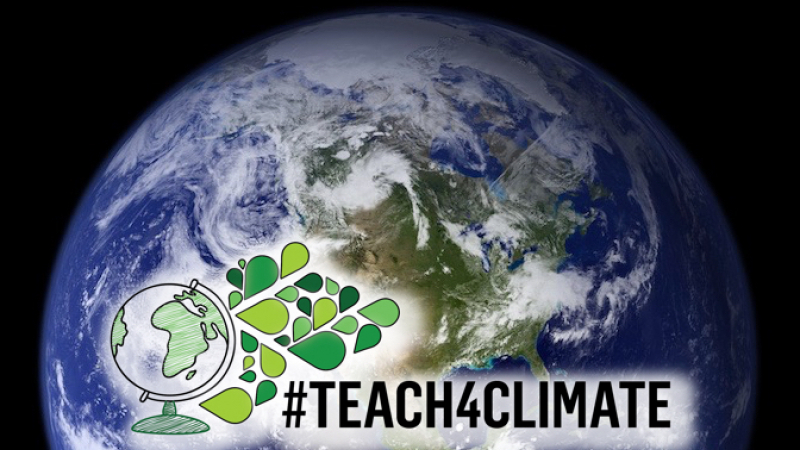
The #Teach4Climate social media campaign prepares teachers to inspire students to address and understand climate change. #Teach4Climate centers on Climate Literacy: The Essential Principles of Climate Science. Principles in the guide can serve as discussion starters or launching points for scientific inquiry. Follow NOAA climate on Facebook and Twitter @NOAAClimate.
4. Teach science and safety with the National Weather Service.
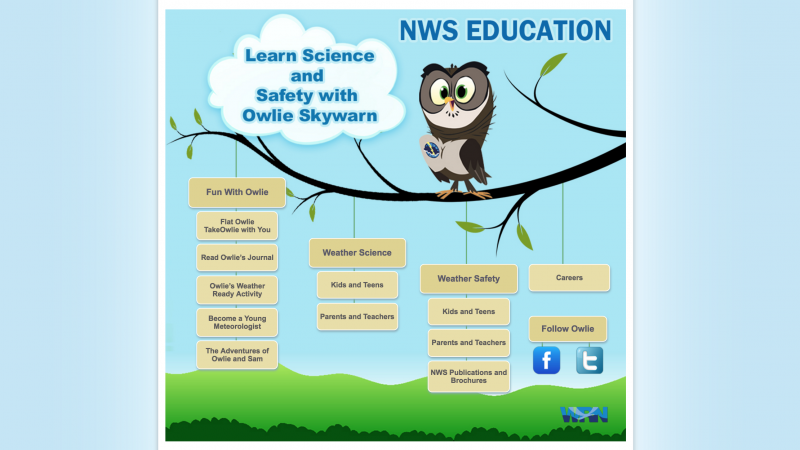
The National Weather Service mascot, Owlie Skywarn, is the purveyor of educational resources that not only educate students about weather, but also teach how to keep schools and communities safe from hazards. Since mid-July, Owlie and the rest of the National Weather Service have been highlighting educational materials with their #BackToSchool campaign. Looking for a weather refresher? Check out JetStream — An Online School for Weather. You can tap into these resources and connect with Owlie on Facebook and Twitter.
5. Use coastal information and training resources in your classroom.
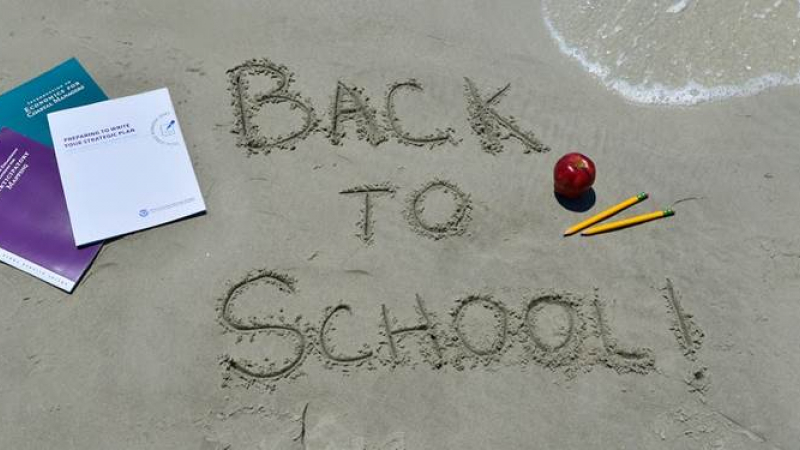
NOAA’s Digital Coast helps communities manage a wide variety of coastal issues, from erosion and beach access to sea level rise and storm surge. The Digital Coast team highlights #BacktoSchool resources, such as Estuaries 101, that help educators to bring real data and coastal training resources into classrooms. Follow Digital Coast on Twitter @NOAADigCoast.
6. Go on a virtual field trip with NOAA’s new visualization tools.
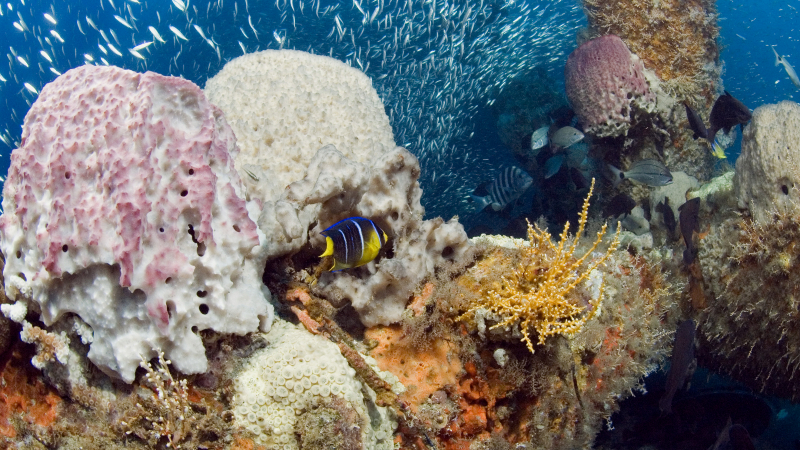
Let your computer become a window into another world. While you may not be able to trek your class out to explore coral reefs in American Samoa or dive into the frigid waters of Lake Superior, you can immerse your students in a National Marine Sanctuary with NOAA’s new virtual dives. Looking for a more planetary experience? View global data as if from space with the new Science On a Sphere® Explorer Lite 2.0. This program brings NOAA’s Science On a Sphere, a six-foot animated globe installed at over 140 museums and science centers around the world, to a desktop near you.
These online resources and campaigns highlight just a handful of NOAA’s many education programs. You can also check out our educator professional development opportunities.
Are you using these or other NOAA resources in your classroom? We want to hear from you! Let us know what you think on Facebook and Twitter or email us at education@noaa.gov.



